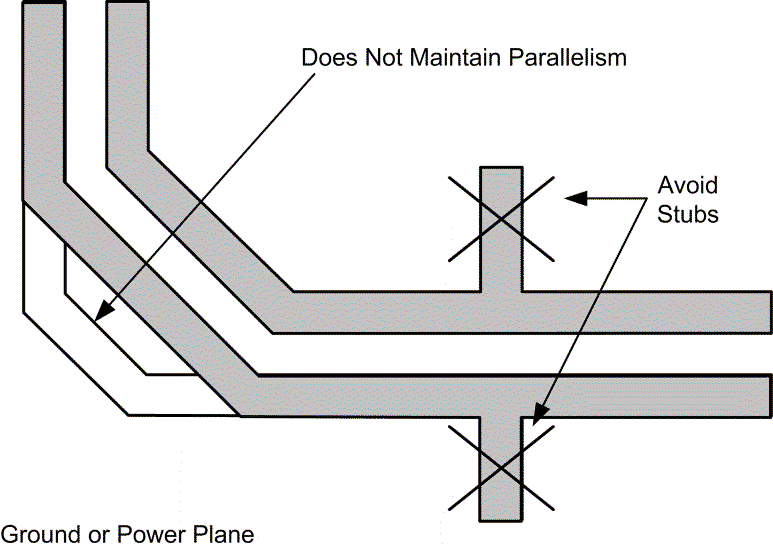ZHCSKM7G december 2019 – july 2023 DP83826E , DP83826I
PRODUCTION DATA
- 1
- 1 特性
- 2 应用
- 3 说明
- 4 Revision History
- 5 Mode Comparison Tables
- 6 Pin Configuration and Functions (ENHANCED Mode)
- 7 Pin Configuration and Functions (BASIC Mode)
- 8 Specifications
-
9 Detailed Description
- 9.1 Overview
- 9.2 Functional Block Diagram
- 9.3
Feature Description
- 9.3.1 Auto-Negotiation (Speed/Duplex Selection)
- 9.3.2 Auto-MDIX Resolution
- 9.3.3 Energy Efficient Ethernet
- 9.3.4 EEE for Legacy MACs Not Supporting 802.3az
- 9.3.5 Wake-on-LAN Packet Detection
- 9.3.6 Low Power Modes
- 9.3.7 RMII Repeater Mode
- 9.3.8 Clock Output
- 9.3.9 Media Independent Interface (MII)
- 9.3.10 Reduced Media Independent Interface (RMII)
- 9.3.11 Serial Management Interface
- 9.3.12 100BASE-TX
- 9.3.13 10BASE-Te
- 9.3.14 Loopback Modes
- 9.3.15 BIST Configurations
- 9.3.16 Cable Diagnostics
- 9.3.17 LED and GPIO Configuration
- 9.4 Programming
- 9.5 Register Maps
- 10Application and Implementation
- 11Power Supply Recommendations
- 12Layout
- 13Device and Documentation Support
- 14Mechanical, Packaging, and Orderable Information
12.1.1 Signal Traces
PCB traces are lossy and long traces can degrade signal quality. Keep all traces as short as possible. Unless mentioned otherwise, all signal traces must be 50-Ω single-ended impedance. Differential traces must be 100-Ω differential. Take care to ensure impedance is controlled throughout. Impedance discontinuities causes reflections leading to emissions and signal integrity issues. Stubs should be avoided on all signal traces, especially differential signal pairs.
 Figure 12-1 Differential Signal Traces
Figure 12-1 Differential Signal TracesWithin the differential pairs, trace lengths must be run parallel to each other and be matched in length. Matched lengths minimize delay differences, avoiding an increase in common mode noise and emissions. Length matching is also important for MAC interface connections. All MII and RMII transmit signal traces should be length matched to each other and all MII and RMII receive signal traces should be length matched to each other.
Ideally, there should be no crossover or vias on signal path traces. Vias present impedance discontinuities and should be minimized when possible. Route trace pairs on the same layer. Signals on different layers should not cross each other without at least one return path plane between them. Differential pairs should always have a constant coupling distance between them. For convenience and efficiency, TI recommends routing critical signals first (that is, MDI differential pairs, reference clock, and MAC IF traces).